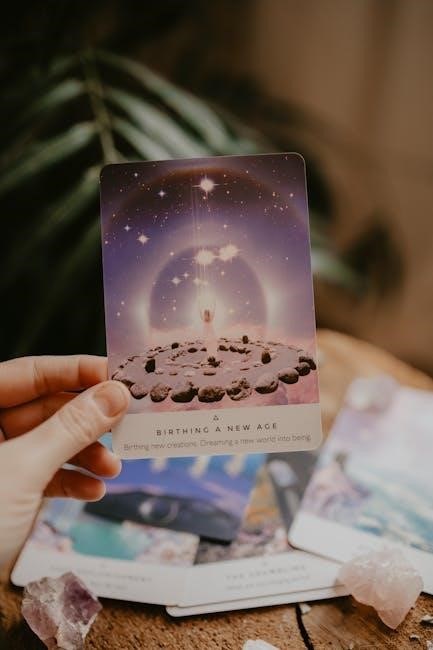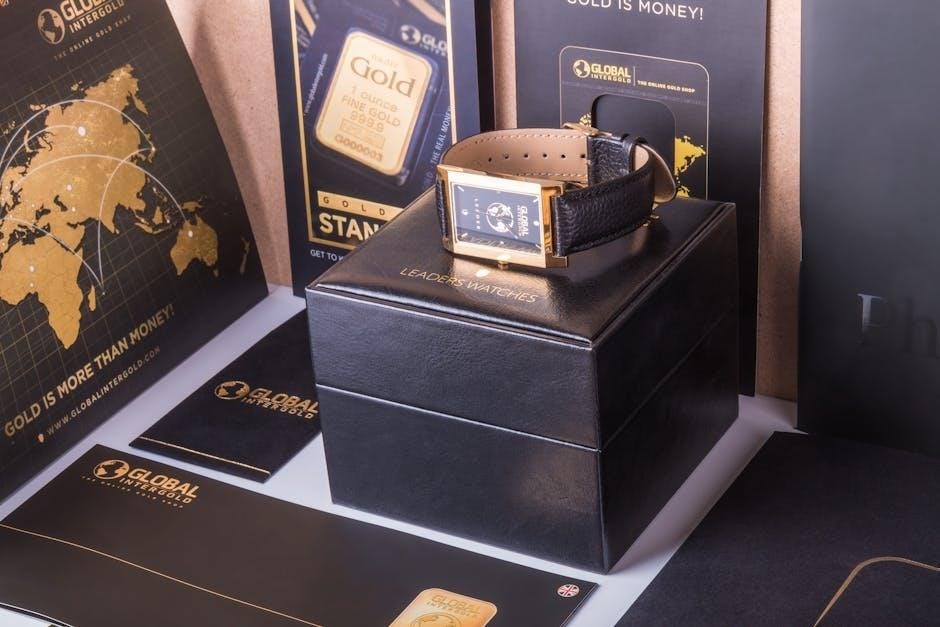Blundstone Sizing Guide
Finding the right Blundstone boot size is crucial for comfort and longevity. This guide helps navigate the sizing of these durable, unisex boots. Understand the nuances of converting between US, UK/AU, and EU sizes to ensure an ideal fit.
Blundstone boots, renowned for their durability and iconic style, are a popular choice for many. Ensuring a proper fit is paramount for maximizing comfort and the lifespan of your Blundstones. Blundstone sizing can be a bit tricky, as they primarily use Australian/UK sizing, which differs from US sizing conventions. This guide aims to demystify the Blundstone sizing system, providing you with the knowledge needed to confidently select the correct size for your feet.
Whether you’re a first-time buyer or a seasoned Blundstone enthusiast, understanding the nuances of their sizing is essential. Factors such as unisex sizing, half sizes, and variations between different Blundstone series can influence your ideal fit. By carefully measuring your feet and consulting our comprehensive size charts and guidelines, you can avoid the hassle of returns and exchanges, and step into a pair of Blundstones that feel like they were made just for you. This introduction sets the stage for a deeper dive into the specifics of Blundstone sizing, empowering you to make an informed purchase.
Understanding Unisex Sizing in Blundstones
A key aspect of Blundstone sizing is understanding their unisex approach. Most Blundstone styles, including the Classic, Dress, and Active series, are designed with a unisex fit. This means that the boots are sized based on a standard scale that caters to both men and women. However, this can sometimes lead to confusion when converting from standard US women’s sizes.
Typically, Blundstones use UK/Australian sizing as their base. For women who are accustomed to US sizing, a general rule of thumb is to subtract three sizes from your US women’s size to find your corresponding Blundstone size. For example, a US women’s size 8 would typically correspond to a Blundstone size 5. However, it’s crucial to consult a specific size chart, as individual foot shapes and preferences can vary. Some women might find that subtracting 2.5 sizes provides a better fit.
Men, on the other hand, usually subtract one size from their US size to determine their Blundstone size. Remember, these are general guidelines. Measuring your foot length and comparing it to Blundstone’s official size chart is always the most accurate way to ensure you select the right size in their unisex range.
Blundstone Size Chart: US, UK/AU, and EU Conversions
Navigating Blundstone sizes requires a reliable conversion chart due to the brand’s use of UK/Australian (UK/AU) sizing as its standard. This chart is essential for translating your US or EU shoe size into the correct Blundstone size, ensuring a comfortable fit. The chart typically includes columns for US men’s, US women’s, UK/AU, and EU sizes, allowing for easy cross-referencing.
When using the chart, it’s vital to note that Blundstone boots are unisex, influencing how US women’s sizes are converted. As a general guideline, women usually subtract three sizes from their US size to find the corresponding UK/AU Blundstone size. Men typically subtract one size. However, variations can occur, so consulting the chart with your foot measurement is recommended.
Pay close attention to the specific chart provided by Blundstone or authorized retailers, as slight differences may exist between charts. Some charts may also include foot length measurements in millimeters or inches, providing an even more precise way to determine your ideal Blundstone size. Remember to consider sock thickness when converting, as thicker socks may necessitate going up half a size for optimal comfort.
Measuring Your Foot for Blundstone Boots
Accurately measuring your foot is the first crucial step in determining the correct Blundstone size. To begin, place a piece of paper against a wall on a hard surface. Stand with your heel against the wall and your foot flat on the paper. It’s best to measure your feet at the end of the day, as they tend to swell slightly.
Using a pencil or pen, carefully trace the outline of your foot, ensuring the pencil is held vertically. Pay close attention to accurately capturing the shape of your heel and toes. Repeat this process for both feet, as they may differ slightly in size. Use the larger of the two measurements to determine your Blundstone size.
Once you have traced both feet, measure the length of each tracing from the heel to the tip of the longest toe; Use a ruler or measuring tape to measure the distance in millimeters or inches. This measurement will be used to compare against Blundstone’s size chart to find the corresponding UK/AU size. Remember to wear socks of typical thickness when tracing your feet to account for sock allowance in the final fit.
Converting Foot Length to Blundstone Size
After accurately measuring your foot length, the next step is converting that measurement into the appropriate Blundstone size. Blundstone primarily uses UK/Australian sizing, which differs from US and EU sizes. Consult an official Blundstone size chart to find the corresponding UK/AU size for your foot length. These charts typically list foot lengths in millimeters or centimeters alongside their respective sizes.
When using the size chart, locate the foot length that is closest to your measurement. If your measurement falls between two sizes, it’s generally recommended to choose the larger size, especially if you plan to wear thicker socks or prefer a roomier fit. Remember that Blundstone boots are unisex, so the size chart applies to both men and women.
For women converting from US sizes, subtract approximately three sizes from your US size to estimate your UK/AU Blundstone size. However, relying solely on this conversion may not be as accurate as using your actual foot length. Always prioritize your foot measurement for the most precise fit. Keep in mind that individual foot shapes and preferences can also influence the ideal size.
Blundstone Rule of Toe: Sizing Guidelines
The “Blundstone Rule of Toe” is a helpful guideline to ensure a comfortable fit, focusing on the space between your longest toe and the end of the boot. When trying on Blundstones, there should be a thumb’s width (approximately 1-1.5 cm) of space. This allows for natural foot movement and prevents your toes from being cramped, especially during activities like walking or hiking.
This rule acknowledges that foot length isn’t the only factor; the shape and volume of your foot also matter. If you have a high instep or wider feet, this extra space becomes even more crucial. It also accommodates sock thickness, ensuring comfort in various weather conditions.
To check the toe space, stand up straight with your weight evenly distributed. Feel for the end of the boot with your toes. If your toes are pressing against the front, the boots are likely too small. Conversely, if there’s excessive space, the boots may be too large, potentially leading to heel slippage and discomfort; Remember, a snug but not constricting fit is the goal, allowing your feet to breathe and move freely within the Blundstones. This rule complements foot measurements and size charts.
Accounting for Width: Half Sizes Explained
Blundstone half sizes primarily cater to width rather than length, addressing the needs of individuals with broader feet. When you opt for a half size, the overall footbed length remains consistent with the whole size; however, the boot’s upper receives additional leather. This subtle augmentation provides extra volume and a more accommodating fit for wider feet, preventing discomfort and pressure points.
Understanding this distinction is crucial, as many assume half sizes increase length, which is a misconception with Blundstones. If your foot feels constricted in the width of a whole size, a half size can offer a significant improvement in comfort. It’s particularly beneficial if you experience squeezing or rubbing on the sides of your feet.
To determine if you require a half size, try on the whole size first. Pay close attention to how your foot feels across its widest part. If it feels snug or tight, then a half size is likely the better choice. Keep in mind that sock thickness can also influence the fit, so consider trying on the boots with the type of socks you intend to wear. By understanding the function of half sizes, you can ensure a more comfortable and personalized fit with your Blundstone boots.
Sizing for Women: US to AU/UK Conversion
Navigating Blundstone sizing as a woman requires a specific conversion from US to Australian/UK sizes, given their unisex nature. A common guideline is to subtract three sizes from your US women’s size to determine the corresponding Australian/UK size. For instance, a US women’s size 8 typically equates to an Australian/UK size 5.
However, individual foot shapes can influence this conversion. Some women might find that subtracting 2.5 sizes provides a more accurate fit. It’s essential to consider your foot’s width and overall volume when making this adjustment. If you have wider feet or prefer a roomier fit, sticking closer to the standard three-size difference might be preferable.
To ensure the most accurate fit, measuring your foot length and comparing it to a Blundstone size chart is highly recommended. This method accounts for any discrepancies in sizing standards. Remember to measure both feet, as slight variations in size are common. When trying on the boots, wear the type of socks you typically intend to wear with them. This will provide a more realistic assessment of the fit and help you determine the correct size for your Blundstone boots. Prioritize comfort and a secure fit to fully enjoy your Blundstones.
Sizing Differences Between Blundstone Series (Classic, Dress, etc.)
Blundstone offers various series, each with subtle differences in fit that affect sizing. The Classic series generally provides a relaxed fit, particularly in the middle, making it suitable for those with wider feet. If you find yourself between sizes or have a wider foot, consider going up half a size in the Classic series for optimal comfort.
In contrast, the Dress series features a more refined and elongated fit, with a chiselled toe that lends a dressier appearance. These boots tend to be slightly wider than the Originals, so you might need to size down, especially if you have narrower feet. The Dress series also often includes a removable footbed, allowing for some customization of the fit.
When selecting a Blundstone series, consider the intended use and your foot shape. If you prioritize comfort and have wider feet, the Classic series might be the better choice. For a more streamlined look and a slightly snugger fit, the Dress series could be preferable. Always try on the boots with socks to accurately assess the fit, and consult size charts specific to each series when available. Understanding these nuances ensures you select the Blundstone series and size that best suits your needs.
Trying on Your Blundstones: Socks and Fit Check
Once you’ve determined your estimated Blundstone size, the next crucial step is trying them on properly. Always try on your new Blundstones while wearing the socks you typically intend to wear with them. This is essential because sock thickness can significantly impact how the boots fit and feel.
When trying them on, ensure you are standing up. This allows your foot to fully settle into the boot, providing a more accurate assessment of the fit. It’s also recommended to try them on a carpeted surface to protect the soles of the boots during the initial fitting process.
A well-fitted Blundstone should have a snug but not overly tight feel around the instep. There should be a slight give in the heel, allowing for natural movement without excessive slippage. Also, ensure there’s about a quarter-inch of space from the end of your longest toe to the end of the boot. This provides adequate room for your toes to move comfortably.
Walk around in the boots to check for any areas of discomfort or pressure points. Pay particular attention to the width of the boot, ensuring it doesn’t feel too constricting. Remember, Blundstone half sizes primarily add width rather than length.
Troubleshooting Fit Issues and Seeking Assistance
Even with careful measurement and trying on, you might encounter fit issues with your Blundstone boots. Don’t worry; several solutions can address common problems. If your boots feel too tight, especially across the instep, consider trying a half size up, as these provide more width. Alternatively, wearing thinner socks can create more room.
If your heel slips excessively, a heel grip or thicker socks might improve the fit. Sometimes, the insole provided with the Blundstones may not offer enough support or cushioning. Experimenting with aftermarket insoles can enhance comfort and adjust the fit.
If you’re still unsure about what size would be right for you, it’s always a good idea to seek assistance from professionals. Contact Blundstone’s customer service for personalized advice. Many retailers specializing in Blundstone boots offer expert fitting services and can provide valuable insights based on their experience.
Remember, finding the perfect fit may require some trial and error. Don’t hesitate to explore different options and seek expert guidance to ensure your Blundstone boots provide optimal comfort and support. A well-fitted pair will reward you with years of reliable wear and timeless style.



Be the first to reply